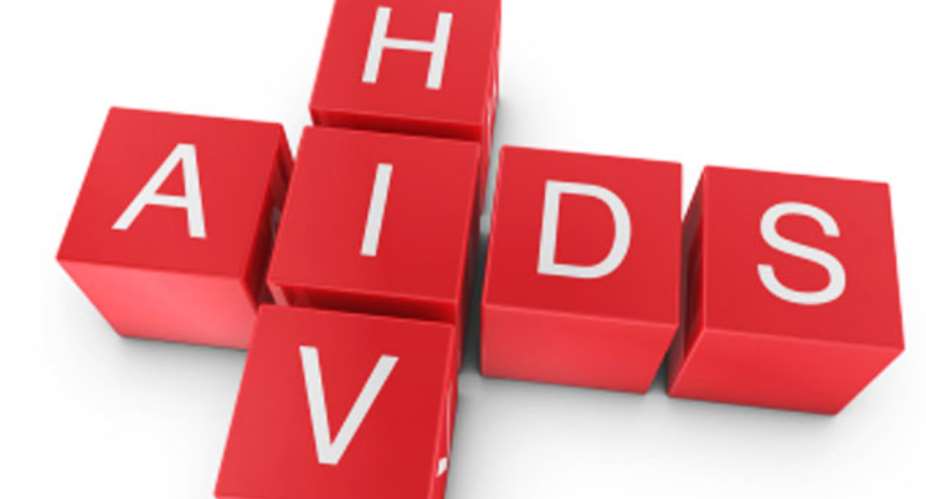Dr. Angela El-Adas, Director General of the Ghana AIDS Commission, has stated that the Commission did not have the financial capacity to conduct experiment on drugs that would permanently cure HIV and AIDS.
She noted that though various quarters within the traditional and religious circles had proclaimed one cure or the other for the epidemic, these claims could not be substantiated in the research institutions in the country, adding, “we are yet to find any cure for the disease”.
Dr. El-Adas was responding to a question during the interactive session of the Western Regional Dissemination of the National HIV and AIDS Strategic Plan 2016-2020 in Takoradi.
She explained that the HIV and AIDS virus was a retrovirus, which changed form at any given time, thereby making the work of scientists even more difficult to produce a vaccine or a complete cure for it.
Dr. Roland Sowah, Western Regional HIV /AIDS Coordinator, mentioned that numerous attempts to follow up on herbalists who professed cure for the epidemic at Noguchi, Mampong and other research facilities had not yielded the desired results.
He, therefore, advised such herbalists to stop cashing in on the innocence and desperation of victims of the disease.
The National Strategic Plan (NSP), according to Dr. El-Adas, had documented lessons from previous plans to help improve on the quality of response as well as preventing new infections.
Highlights of the plan looks at the High Impact activities such as behavioural change interventions, promotion of condoms and lubricants, concentration on key population, treatment and care for all to ensure universal access and equity.
It would also look at the elimination of mother-to-child transmission of HIV and programmes to fast track the 90-90-90 targets, which aims at ensuring access to care by victims to help reduce viral load.
The NSP would achieve its set targets by strengthened health systems, increased health facilities and staff as well as piloting self-testing and peer-led testing for HIV.
Currently, the Regional Prevalence rate had reduced from 2.4 per cent to two percent.
–





 2024 elections: A vote for Mahama will turn Ghana's education system upside down...
2024 elections: A vote for Mahama will turn Ghana's education system upside down...
 Dumsor: NPP will be punished in election 2024 if gov't doesn't address current s...
Dumsor: NPP will be punished in election 2024 if gov't doesn't address current s...
 There is a clear need for the downstream petroleum audit services provided by SM...
There is a clear need for the downstream petroleum audit services provided by SM...
 Akufo-Addo directs GRA, Finance Ministry to renegotiate deal with SML
Akufo-Addo directs GRA, Finance Ministry to renegotiate deal with SML
 Kofi Bentil’s love, support for Bawumia will never represent IMANI – Franklin Cu...
Kofi Bentil’s love, support for Bawumia will never represent IMANI – Franklin Cu...
 NPP outperforms NDC in health infrastructure in Ashanti Region — LIPS report
NPP outperforms NDC in health infrastructure in Ashanti Region — LIPS report
 Critics fear Togo reforms leave little room for change in election
Critics fear Togo reforms leave little room for change in election
 Current power outages purely due to mismanagement – Minority
Current power outages purely due to mismanagement – Minority
 ECG hoists red flag to fight Ashanti Regional Minister over arrest of General Ma...
ECG hoists red flag to fight Ashanti Regional Minister over arrest of General Ma...
 Mahama’s 24hr economy will help stabilise the cedi; it’s the best sellable polic...
Mahama’s 24hr economy will help stabilise the cedi; it’s the best sellable polic...
